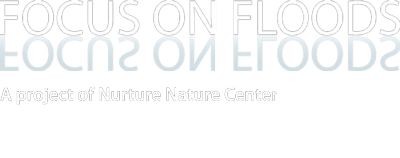This final report for NOAA’s Coastal Services Center describes in detail the 1) risk perception process, 2) influences on risk perception, and 3) potential effective strategies to reduce risk to hazards. It consists of two main sections, including a thorough literature review on social science studies on risk behavior and communication as well as findings from interviews conducted with decision makers that reveal several helpful strategies aimed to reduce risks to society. The author stresses the point that it is vital for decision makers to understand how people understand their risk, but also “what it takes for people to be concerned enough to take mitigating action” (p. 3). When it comes to hazard risks, human behavior complicates the choices people make; “risk is a social construction” (p. 4). Along similar lines, Morrow discusses how people tend to focus more on the dread level associated with a hazard as opposed to the facts of the hazard (hurricane cone, forecasts, etc.). This leads to them making decisions that officials might not expect them to make. On the other hand, officials who create flood products tend not to consider the dread factor enough when creating and disseminating products. The author discusses several theoretical perspectives including the psychometric paradigm, cultural risk theory, mental models approach, and social amplification of risk perspective, as means to help construct dissemination programs. Morrow also discusses in detail risk attitude, assessment, communication and social marketing. The interviews with communication experts revealed several vital steps in constructing communication programs, including being familiar with your audience and addressing groups appropriately, focusing on one type of behavior, staying positive, not including too much information, and building trust.
